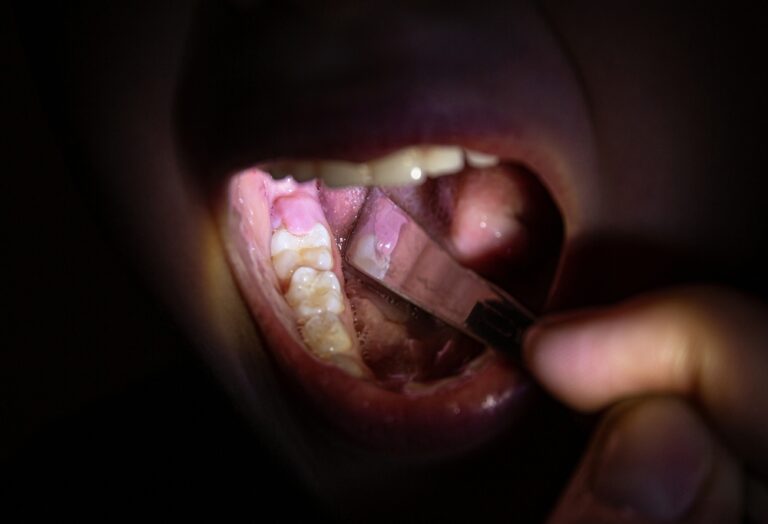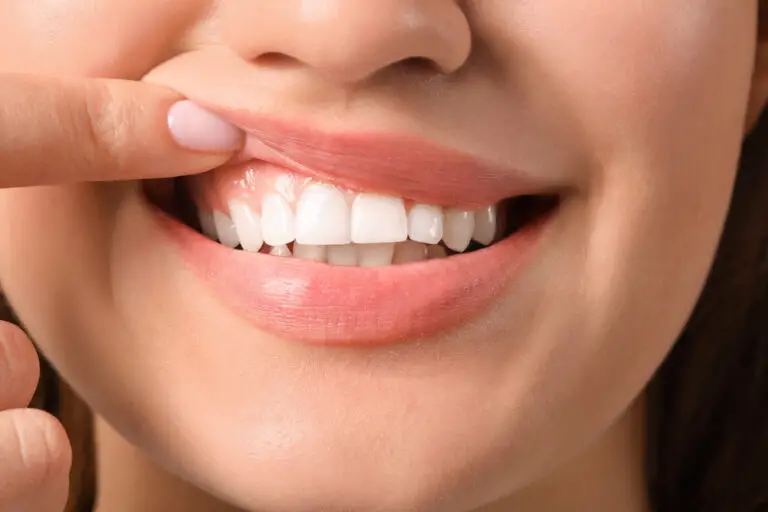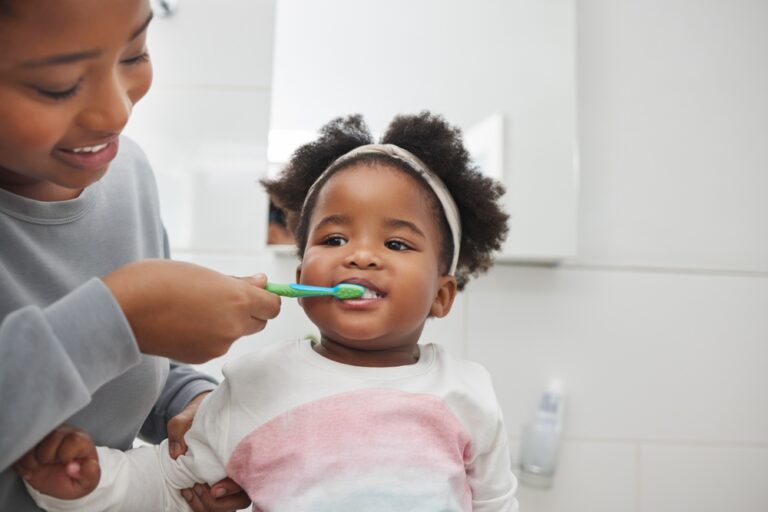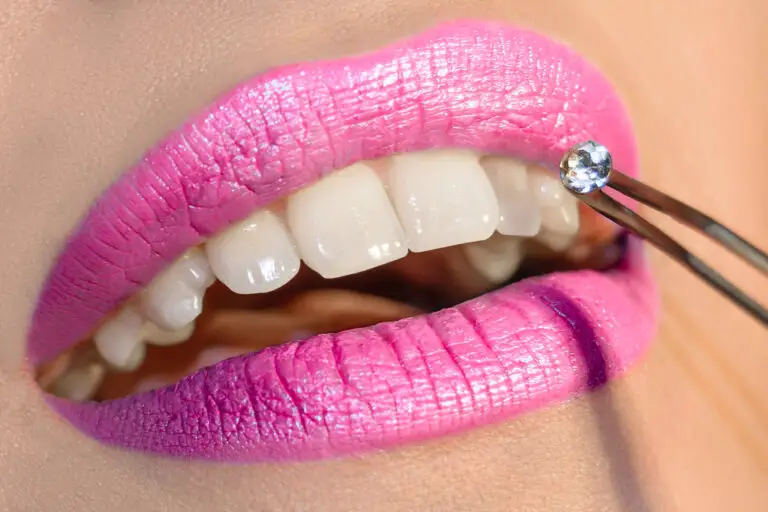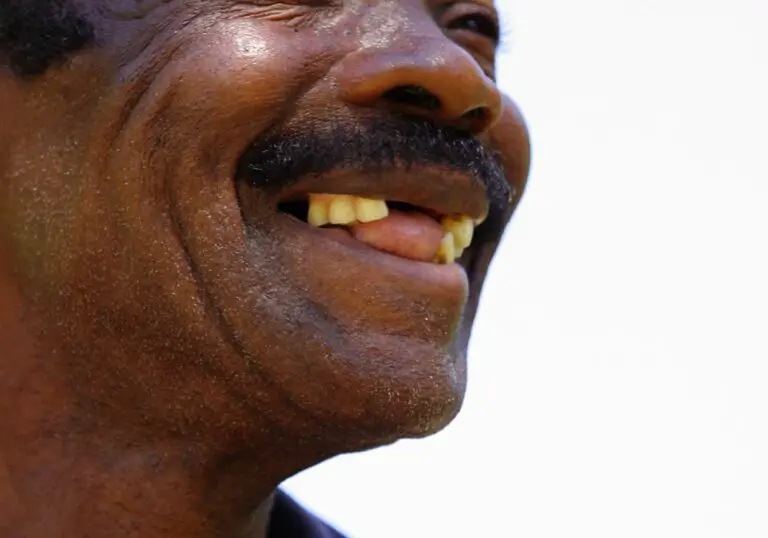The potential for tooth regeneration
Losing teeth is an unfortunate part of life for many people. As we age, our teeth become more susceptible to decay and other oral health problems. Additionally, accidents and injuries can result in tooth loss at any age. Traditionally, the solutions have been dental implants, bridges, or dentures to replace missing teeth. But what if we could simply regrow new teeth to replace ones that are lost?
Research into tooth regeneration is showing promising results. Scientists are finding ways to coax stem cells into forming new odontoblasts, the cells responsible for producing dentin and pulp inside teeth. Additionally, techniques using biomaterials and growth factors can stimulate natural tooth development and regeneration.
While fully functional lab-grown teeth are still a way off, significant progress has been made. Keep reading to learn more about the latest regenerative techniques and when we may realistically be able to regrow our own new teeth.
The difficulties of regenerating teeth
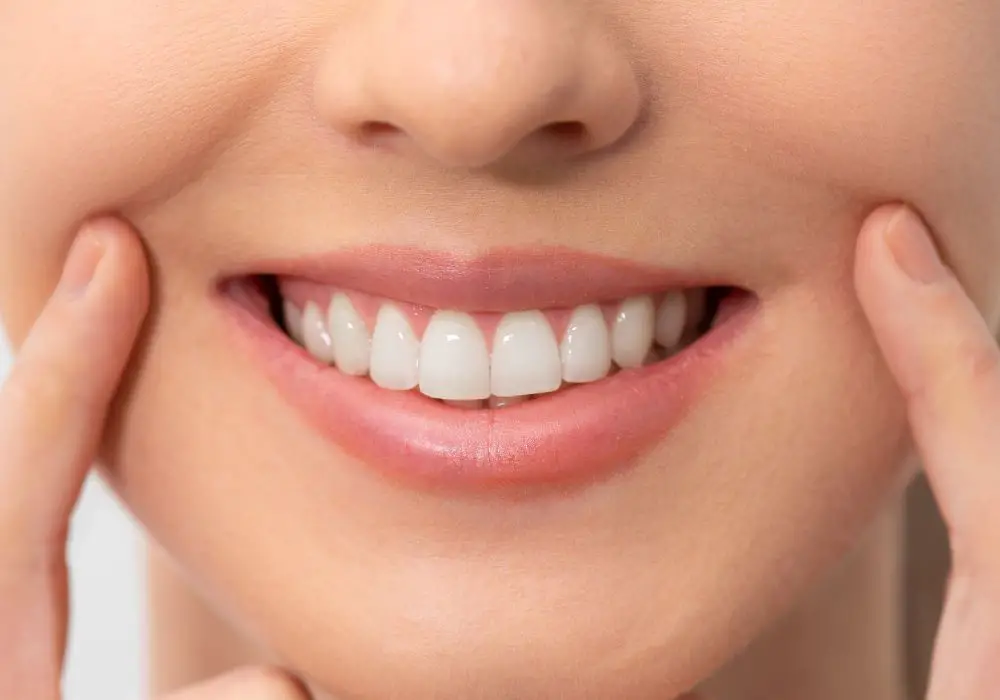
Teeth are complex structures with multiple specialized cell types and tissues. They include:
- Enamel – The hard, protective outer layer made of hydroxyapatite crystals. It is the hardest substance in the human body.
- Dentin – Softer, bonelike tissue under the enamel that makes up the bulk of each tooth.
- Cementum – Bonelike tissue covering the dentin root of teeth. It helps fix teeth to the jawbone.
- Pulp – Soft tissue at the center of teeth containing nerves and blood vessels.
- Periodontal ligaments – Tissues that hold teeth securely to the jaw and allow sensations of touch and pressure.
This complex arrangement of highly specialized tissues makes regenerating teeth extremely challenging. Simply regrowing dentin or enamel is not enough. Truly functional regenerated teeth need all the supporting structures as well. Recreating the proper tooth morphology, orientation and positional information are also crucial.
Additionally, the oral environment presents unique difficulties for tissue engineering. Saliva contains bacteria and enzymes that can break down or infect developing teeth structures. The normal mechanical forces from chewing and biting also affect regenerating teeth and surrounding bone and tissues.
Overcoming these obstacles requires step-by-step research to find the right biomaterials, cell sources and growth conditions to regenerate full teeth.
Current research on tooth regeneration
Despite the difficulties, researchers are making progress on multiple fronts to regrow teeth. Some of the most promising current research includes:
Stem cell cultivation
- Dental pulp stem cells – Stem cells from extracted wisdom teeth can form dentin and pulp. However, producing enamel remains difficult.
- Gum tissue stem cells – These show potential for forming entire teeth including enamel, dentin and pulp. However, getting the right shape and structure remains challenging.
- Induced pluripotent stem cells (iPSCs) – Reprogramming adult cells into iPSCs, then guiding their differentiation shows promise for eventual natural whole tooth formation.
Scaffolds
- Natural – Collagen sponges or decellularized tooth buds can provide a scaffold for cells to attach and grow into teeth structures.
- Synthetic – Biomaterials like PLA or hydroxyapatite nanoparticles can form 3D printed scaffolds in the precise shape of teeth.
Signaling factors
- Growth factors – Adding FGF, BMP and other natural growth factors can stimulate stem cells to differentiate into dental tissues.
- Transcription factors – Master regulatory proteins like Pitx2,Runx2Tbx1 can coax stem cells toward a dental cell fate.
- Extracellular matrix proteins – Amelogenin, dentin sialophosphoprotein and other ECM proteins provide structural support and signaling for organized tooth formation.
Progress to date on tooth regeneration
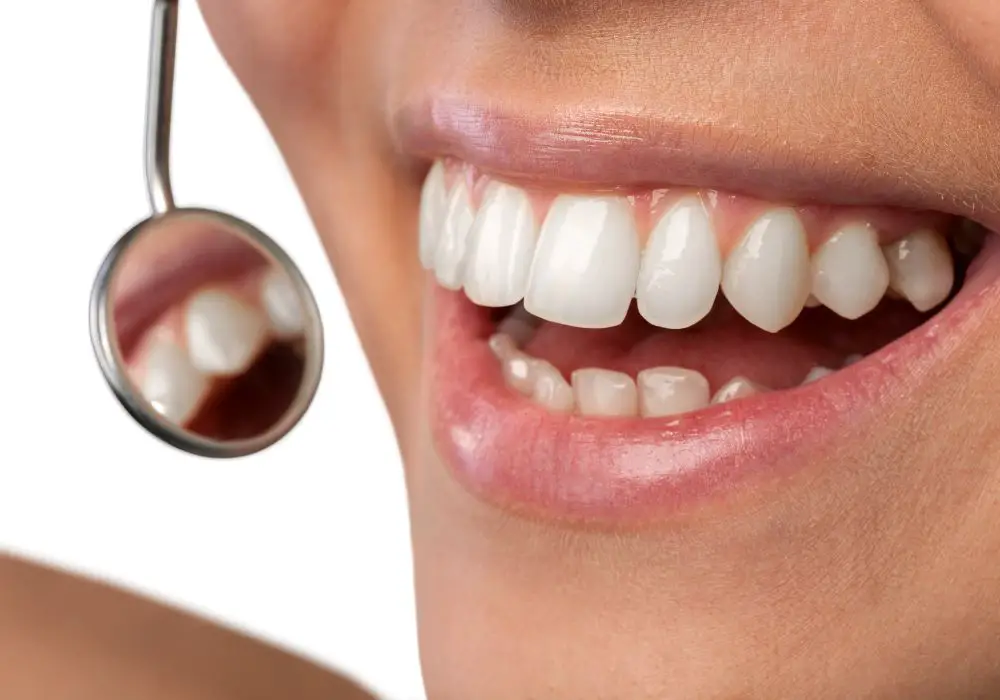
So far, researchers have achieved several important milestones on the path to regrowing teeth:
- Tooth buds – Labs have grown early-stage tooth buds in vivo by transplanting cell aggregates seeded in collagen sponges into mouse jaws. The buds developed distinct teeth structures but did not erupt fully.
- Individual tooth tissues – Scientists have engineered standalone enamel, dentin, pulp, cementum and periodontal tissues in vitro by culturing stem cells in specialized bioreactor systems.
- Whole teeth in mice – Researchers grew entirely new teeth in adult mice by activating Wnt signaling pathway in incisor stem cells. However, the teeth were smaller and simpler than natural ones.
- Bioengineered human teeth – One team created bioengineered tooth buds from human gingival tissue-derived iPSCs. The buds contained dental pulp, dentin, enamel space and periodontal tissues after being transplanted into mice.
While these landmarks demonstrate the potential for full tooth regeneration, there are still major limitations to overcome before the technologies are ready for human trials. But progress is accelerating.
Timeline for human tooth regeneration
When can we realistically expect to be able to regrow human teeth? Based on the current pace of research, here is an estimated timeline:
- 3-5 years – Bioengineered tooth buds transplanted into humans. May form disfigured or nonfunctional teeth.
- 5-10 years – Functional but small or misshapen teeth regrown in humans using a combination of stem cells, scaffolds and bioreactors.
- 10-15 years – Fully functional and natural looking teeth regrown in humans using advanced stem cell cultivation and highly bioactive scaffolds.
- 15+ years – Ability to regrow the full set of natural permanent teeth in adults using breakthrough technologies like guided tissue regeneration and in vivo reprogramming.
Of course, these timeframes are only estimates. Breakthroughs could accelerate progress, while technical challenges or lack of funding could also delay the realization of complete tooth regeneration. But steady progress continues to be made.
Applications and impacts of tooth regeneration
The ability to regrow real teeth could revolutionize dental care and greatly improve quality of life for millions of people. Some of the potential impacts include:
- Replace dentures – Lab grown teeth could provide a more comfortable, natural alternative to removable dentures.
- Eliminate lifelong dental implants – Rather than implants and crowns, missing teeth could be regrown in unlimited numbers without damaging other teeth.
- Treat dental injuries – Regenerate fully functional teeth to replace those lost to trauma or sports injuries, even in children and teenagers.
- Restore biting and chewing – Regain full chewing and biting function with new bioengineered teeth. Help prevent nutrition issues in the elderly.
- Straighten teeth – Grow new perfectly aligned teeth without braces or orthodontics.
- Enhance appearance – Restore youthful facial appearance and confidence with regenerated teeth.
Challenges to overcome
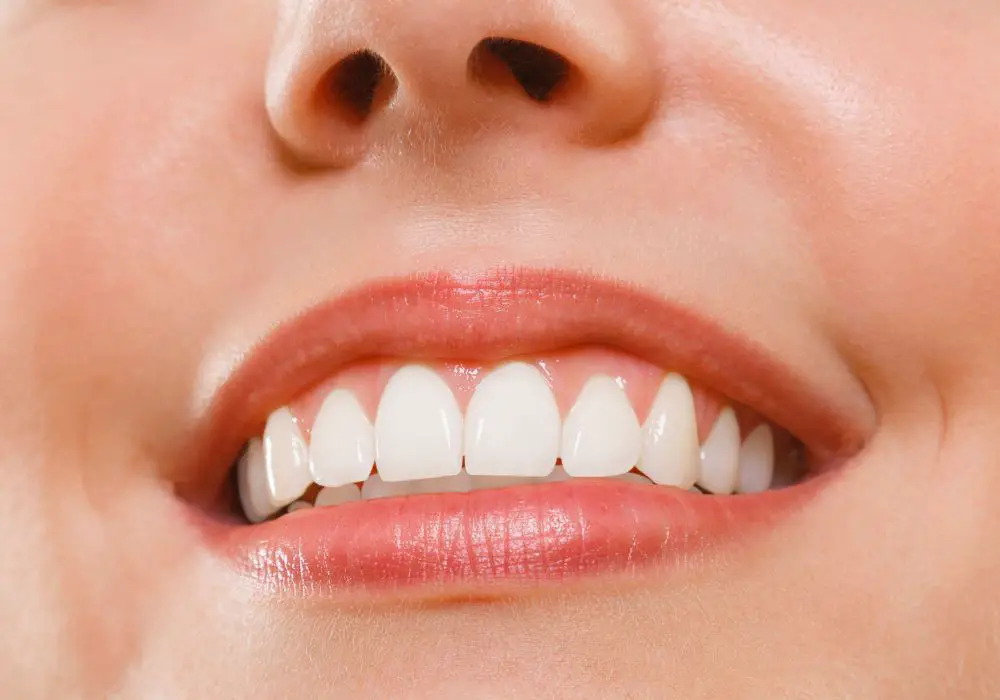
While tooth regeneration holds great promise, there are still significant challenges to overcome:
- Achieving proper structure and morphology – Getting the complex shape and microscopic architecture right is difficult.
- Integrating with surrounding tissues – Engineered teeth need to integrate with soft tissues and fuse to the jawbone properly to function.
- Vascularization – Ensuring adequate blood supply to support the cellular metabolism of new teeth.
- Withstanding mechanical forces – Regenerated teeth must be able to withstand normal chewing and biting forces.
- Infection risk – The oral environment with its bacteria introduces contamination and infection risks.
Further research will be needed to optimize tooth regenerating protocols and rigorously validate lab grown teeth before widespread human use. But the pace of discovery suggests these hurdles are surmountable.
Conclusion
Although still some years away from full realization, the goal of regenerating functional teeth is well within reach. Ongoing stem cell, biomaterial and bioengineering research brings this possibility closer each day. When the remaining technical challenges are overcome, tooth regeneration promises a future where injuries, decay and aging no longer mean teeth loss. Stem cell cultivated teeth have the potential to be one of the most impactful near future applications of regenerative medicine. With perseverance and continued progress, this future may arrive sooner than we think.
Frequently Asked Questions
When will tooth regeneration be available for humans?
Based on current research momentum, simple bioengineered tooth structures could be ready for human testing within 5 years. However, fully functional regrown human teeth are still estimated to be 10-15 years away. A number of complex biological challenges remain to be worked out first.
How will regenerated teeth integrate into the mouth?
For lab-grown teeth to work properly, they need to fuse to the jawbone so they are held firmly in place. They also need to establish connections to blood vessels to supply nutrients. Regenerating the periodontal ligaments will be key to producing teeth that can properly sense pressure and transfer biting forces.
Will regenerated teeth require root canals or implants?
A major benefit of regenerating living teeth is that issues like infections requiring root canals should be minimized. As long as the pulp tissue including nerves and blood vessels forms properly, the teeth should be just as functional as natural ones.
How long will regenerated teeth last?
If researchers can truly regenerate full teeth including dentin and enamel, there is no reason to think regrown teeth would not last a normal lifetime just as natural teeth do, or even longer if techniques continue improving. Regular dental hygiene will still be important to prevent decay.
Will insurance cover regenerated teeth?
Currently most dental insurance does not cover experimental treatments. But if the techniques prove successful and become established standard care, insurance coverage seems likely in the future. The costs could also come down considerably over time, especially compared to lifelong dental implants.

